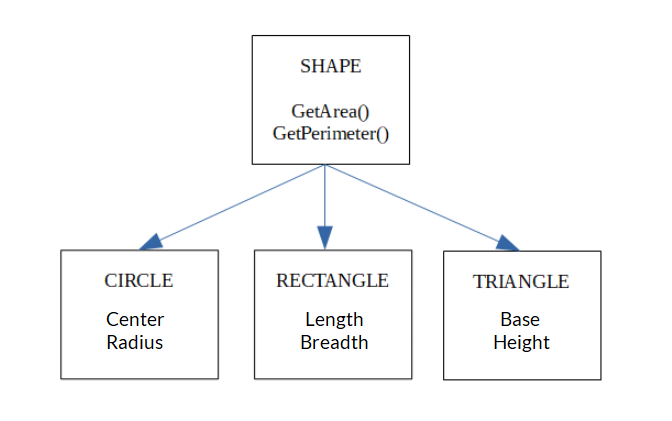
 Data Structure
Data Structure Networking
Networking RDBMS
RDBMS Operating System
Operating System Java
Java MS Excel
MS Excel iOS
iOS HTML
HTML CSS
CSS Android
Android Python
Python C Programming
C Programming C++
C++ C#
C# MongoDB
MongoDB MySQL
MySQL Javascript
Javascript PHP
PHP
- Selected Reading
- UPSC IAS Exams Notes
- Developer's Best Practices
- Questions and Answers
- Effective Resume Writing
- HR Interview Questions
- Computer Glossary
- Who is Who
Object-oriented Data Model
Object oriented data model is based upon real world situations. These situations are represented as objects, with different attributes. All these object have multiple relationships between them.
Elements of Object oriented data model
Objects
The real world entities and situations are represented as objects in the Object oriented database model.
Attributes and Method
Every object has certain characteristics. These are represented using Attributes. The behaviour of the objects is represented using Methods.
Class
Similar attributes and methods are grouped together using a class. An object can be called as an instance of the class.
Inheritance
A new class can be derived from the original class. The derived class contains attributes and methods of the original class as well as its own.
Example
An Example of the Object Oriented data model is −

Shape, Circle, Rectangle and Triangle are all objects in this model.
Circle has the attributes Center and Radius.
Rectangle has the attributes Length and Breath
Triangle has the attributes Base and Height.
The objects Circle, Rectangle and Triangle inherit from the object Shape.

